25 Interesting Facts about Potatoes
A potato is a root vegetable. It’s a tiny plant with much foliage. The edible portion of the potato is a tuber that grows underground.
There is a lot of starch and other carbs in a potato. The surface of the potato is ordinarily light brown or yellowish, while the inner is white or yellow. If the potato is exposed to light, the tuber will turn green and become toxic.
In this post, you will find various interesting and knowledgeable facts about potatoes and why you should have them as a part of your diet.
Basic information about potatoes
- Name: Potato
- Latin name: Solanum tuberosum
- Type of Food: Root Vegetable
- Produced From: Solanum tuberosum
- Total Calories: 147 (213g serving)
- Total Fat: 0 grams (213g serving)
- Complete Protein: 4 grams (213g serving)
- Total Carbohydrates: 34 grams (213g serving)
Potatoes are a kind of plant. The root’s fleshy portion (potato) is widely consumed as a vegetable. Potatoes are also utilized in the production of pharmaceuticals.
Thanks to potatoes, we got our treasured French fries, one of the entire world’s favorite foods.
Vitamin C, potassium, fiber, B vitamins, copper, tryptophan, manganese, and even lutein.
It also helps to reduce inflammation in the body, as well as increase immunity and blood circulation.
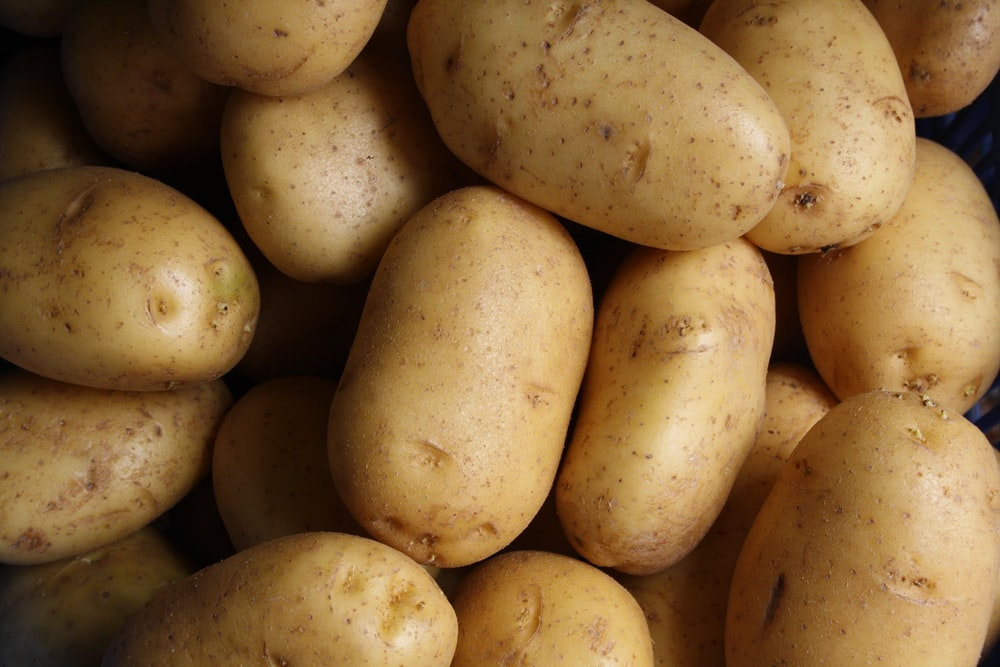
Types of Potatoes:
- Yukon Gold – (found in Canada)
- Norgleam
- Bismark
- Coliban
- Russet
- Pontiac
- Sequoia
- Desiree – cream-colored flesh, red skin
- Bintje
How to Grow Potatoes
They’re a type of root crop. This signifies that the part of the plant that grows beneath the soil is the edible part. Eating the green tops of the potato plant or green potato skins is quite harmful. These items are made up of toxic and hazardous compounds.
They require much sunlight. They need the sun for various reasons, one of which is that the soil must be warm for them to develop at their best.
They also require loose soil that is neither moist nor dry. Because the potato cannot grow as significantly if the soil is compacted, they need loose soil.
They, too, require moisture—but not too so. The potatoes will rot in the ground if the earth is excessively damp.
Potatoes are grown from an established potato plant’s buds or ‘eyes.’ The potato may be sliced into pieces and planted with the blossom or ‘eye’ facing up.
Potatoes are ready to harvest around 100 days after they are planted. Potatoes are harvested by digging them up with a potato fork from the ground (a shovel that looks like a giant fork).
About two weeks after the green tips have gone brown and faded away, potatoes are ready to dig.
Despite its name, the sweet potato is a root vegetable that is only distantly related to the potato.
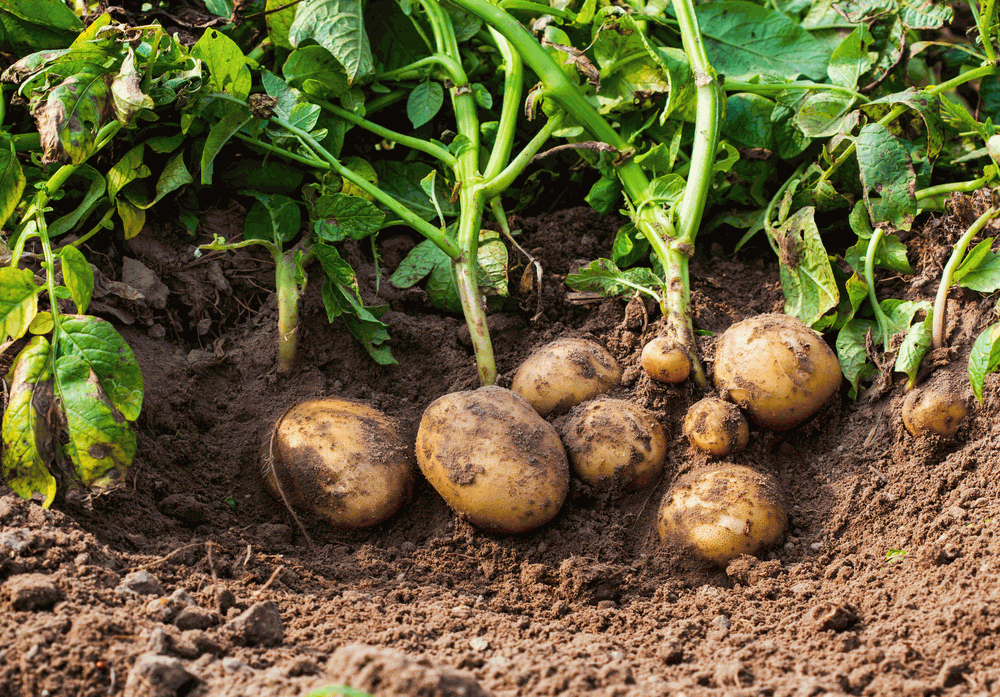
Uses and Benefits of Potatoes:
Potatoes can be cooked in various ways, including skin-on or peeled, whole or sliced up, with or without spices.
Cooking is the only prerequisite for swelling the starch granules. Most of the potato meals are served hot. However, others, such as potato salad and potato chips, are baked first and then served cold (crisps).
Mashed potatoes are boiled (usually peeled) and then mashed with milk or yogurt and butter; whole baked potatoes; boiled or steamed potatoes; French-fried potatoes or chips; cut into cubes and roasted; scalloped, diced, or sliced and fried (home fries); grated and formed into dumplings, Rösti, or potato pancakes.
Potatoes, unlike most other foods, can be done in a microwave oven while sustaining nearly all of their nutritional benefits if covered in vented plastic wrap to prevent loss of moisture; this method can produce a meal that is very similar to a steamed potato while maintaining the appearance of a conventionally baked potato. Potato pieces are also a typical stew component. Potatoes are cooked for 10 to 25 minutes to make them softer, depending on their size and kind.
Improving digestion, lowering cholesterol, boosting heart health, protecting against polyps, managing diabetes, strengthening the immune system, reducing signs of aging, protecting the skin, increasing circulation, lowering blood pressure, maintaining fluid balance, relieving insomnia, and aiding in eye care are just a few of the health benefits of potatoes.
Potatoes are commonly assumed to induce weight gain, but their calorie value is relatively low, making them an excellent mealtime option. Potatoes also give nourishment, preventing hunger for extended periods. Because they are half soluble and half insoluble, they help lower cholesterol levels.
Interesting Facts about Potatoes:
- Potatoes are available in a range of hues, including brown, yellow, red, and pink.
- Potatoes are an agricultural plant that has been domesticated.
- Domestication of potatoes is thought to have occurred between 7,000 and 10,000 years ago.
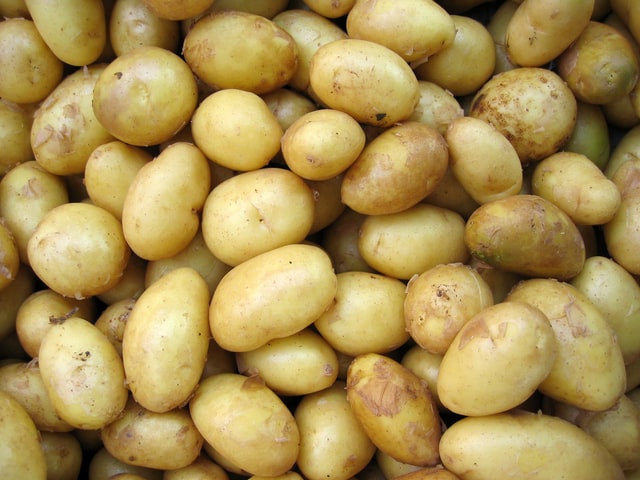
- A potato plant’s development is separated into five stages.
- Potatoes are grown in approximately 4,000 distinct varieties across the world.
- There is no cholesterol in a medium potato (213 grams).
- Potatoes have a 20% solids content and an 80% water content!
- Potatoes are an excellent supply of potassium, copper, vitamin C, manganese, phosphorus, niacin, dietary fiber, pantothenic acid, and a great source of potassium, copper, and vitamin C manganese, phosphorus, niacin, dietary fiber, and pantothenic acid.
- Boiled potatoes, mashed potatoes, potato soup, baked potatoes, French fries, potato chips, hash browns, and Hasselback potatoes are just a few ways potatoes can be prepared.
- Potatoes may also make alcoholic drinks like vodka, pitchmen, and akvavit.
- The potato became one of the most popular and widely produced food sources in the twentieth century, thus becoming Europe’s most important crop.
- After rice, wheat, and maize, the potato is now the world’s fourth most significant crop and the world’s most extensively produced tuber crop.
- The potato comes in various shapes and sizes, ranging from 300 grams (10 ounces) to more than 1.5 kg on rare occasions (3.3 pounds).
- Potatoes can be eaten peeled or unpeeled, with or without spice, chopped into pieces, or whole.
- Baked, boiled, mashed, hash browns and French fries are standard methods for preparing and serving potatoes.
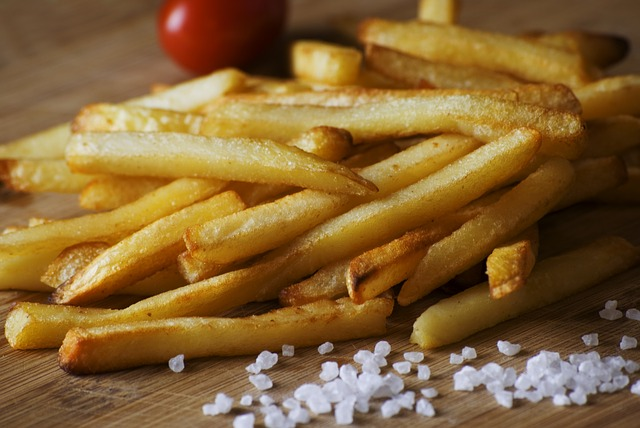
- Potatoes are often used as livestock feed.
- Soups, sauces, and other culinary items can benefit from potatoes as a binder and thickening.
- In the textile business, potatoes can be used as an adhesive.
- In October 1995, the potato became the first vegetable cultivated in orbit onboard the Space Shuttle Columbia.
- The Great Famine, widely known as the Irish Potato Famine, happened in Ireland between 1845 and 1849, when multiple years of potato crop failure occurred. Late blight, a disease that kills both the leaves and the edible roots, or tubers, of the potato plant, was blamed for the crop failures.
- The United States of America was the last major country to accept potato as a staple food. For many years, they considered this crop suitable for horses and other livestock. The American potato business gained traction only after legendary gardener Luther Burbank (1849-1926) in 1872.
- Potato chips are one of the world’s most popular snack foods, with billions of packets consumed each year.
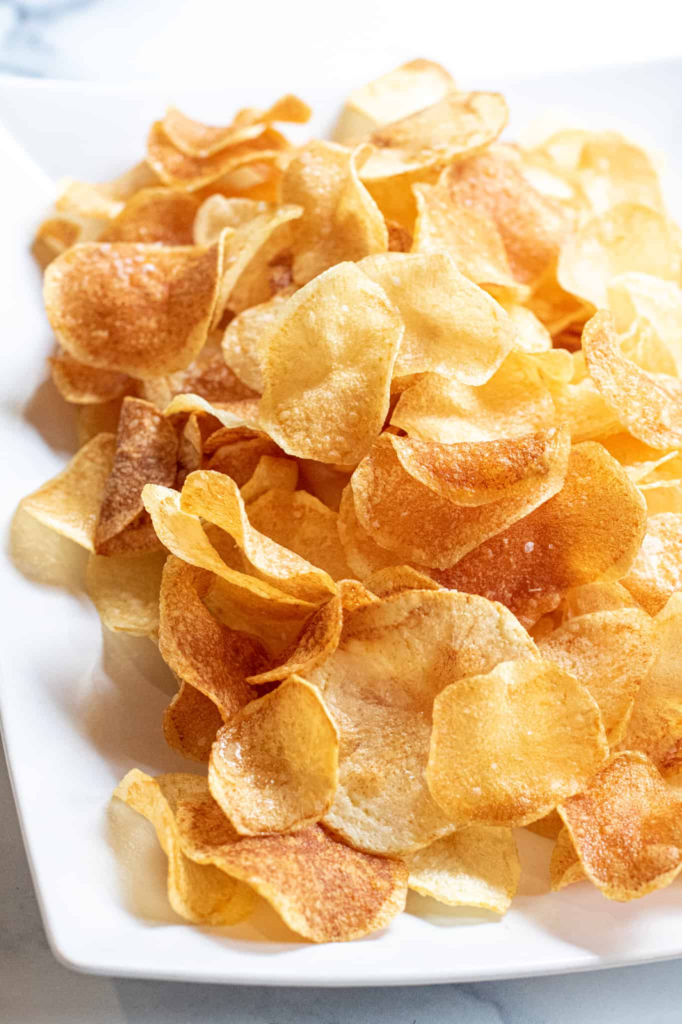
- Potatoes are herbaceous perennials that reach a height of 60 cm (24 inches). Depending on the cultivar, the leaves die back after blooming, fruiting, and tuber development. Flowers with yellow stamens are white, pink, red, blue, or purple. A little toxic berry with many seeds, the fruit is a small deadly berry.
- The term “potato” originates from the Spanish word patata, which means “potatoes.”
- Insects such as bumblebees are commonly used to pollinate potato plants.
Wrapping Up
Potatoes are high in vitamins, minerals, and antioxidants, making them a portion of nutritious food. Fibre and resistant starch are also abundant in potatoes.
According to studies, potatoes and their nutrients have been connected to several outstanding health advantages, including improved blood sugar control, lower heart disease risk, and increased immunity.
On the other hand, Fried potatoes may have some negative consequences, such as weight gain, especially when taken in excessive quantities.
Finally, the health effects of potatoes are highly influenced by portion size and cooking techniques.
Potatoes may be a nutritious supplement to your diet when consumed in moderation and cooked healthily.
We hope you enjoyed the above facts about potatoes!
